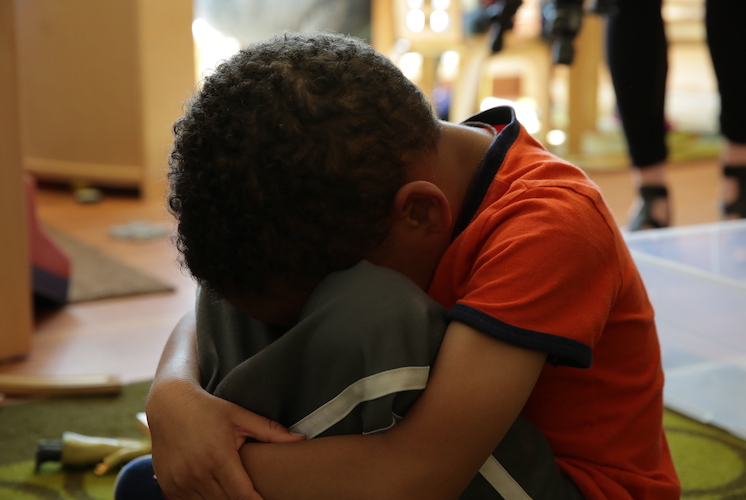 Some behavioral issues that arise in the first five years of life require a greater intervention than can be offered solely within a Head Start or Early Head Start program. As program staff plan and implement a response with a family, they may need to adjust the frequency or intensity of their strategies — or even rethink a strategy. However, if they have tried several ideas with consistent efforts and the behavior is not improving or is worsening, then the program protocol should include steps for further referral and evaluation. Community resources such as an infant mental health program, a community mental health clinic, early intervention services, local education agency, or a department of social services can help.
Some behavioral issues that arise in the first five years of life require a greater intervention than can be offered solely within a Head Start or Early Head Start program. As program staff plan and implement a response with a family, they may need to adjust the frequency or intensity of their strategies — or even rethink a strategy. However, if they have tried several ideas with consistent efforts and the behavior is not improving or is worsening, then the program protocol should include steps for further referral and evaluation. Community resources such as an infant mental health program, a community mental health clinic, early intervention services, local education agency, or a department of social services can help.
If the evaluations reveal a delay or disability that affects children's abilities to communicate their wants and needs or regulate their emotions and behavior in ways that impact their learning, then program staff, families, and relevant intervention professionals will create an IFSP or IEP. It will include strategies to help children be more successful in their group care, home, and community settings. For example, a child diagnosed with extreme anxiety may have classroom adaptations in her IEP such as a space to be alone if the class gets too overwhelming, a comfort blanket, a picture schedule, and a specific greeting routine. Her teachers will need to learn how she expresses her anxiety so they know when to prompt her to move to her quiet space or get her comfort blanket. Regularly scheduled check-ins with the child's family and support from the therapist will be crucial in helping the teachers learn the child's cues and respond appropriately.
Read more:
Resource Type: Article
National Centers: Early Childhood Development, Teaching and Learning
Last Updated: October 23, 2020
